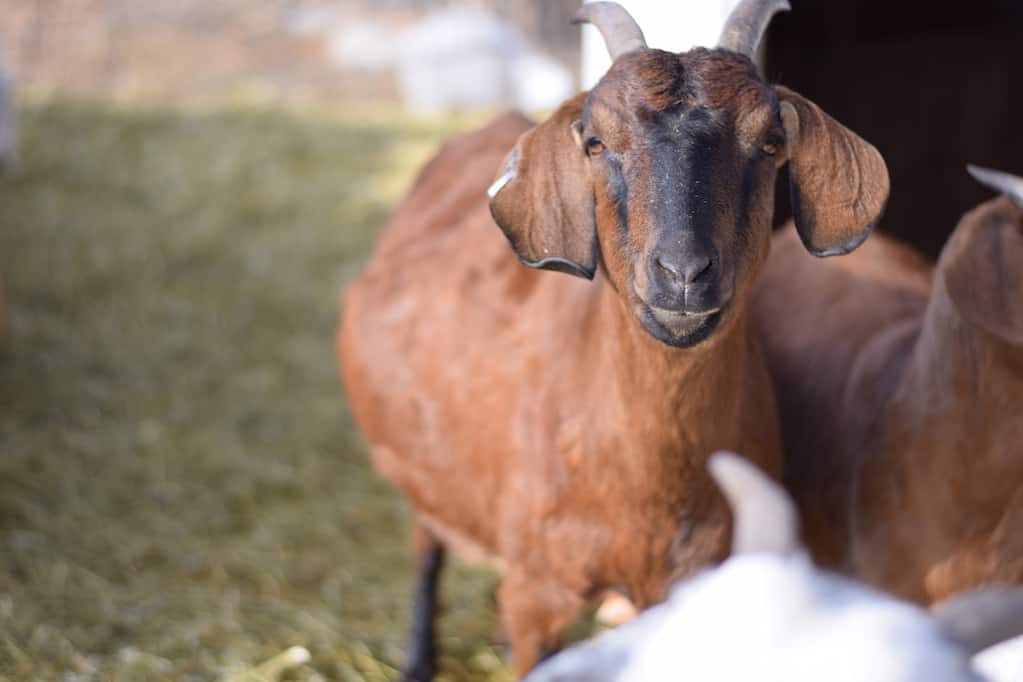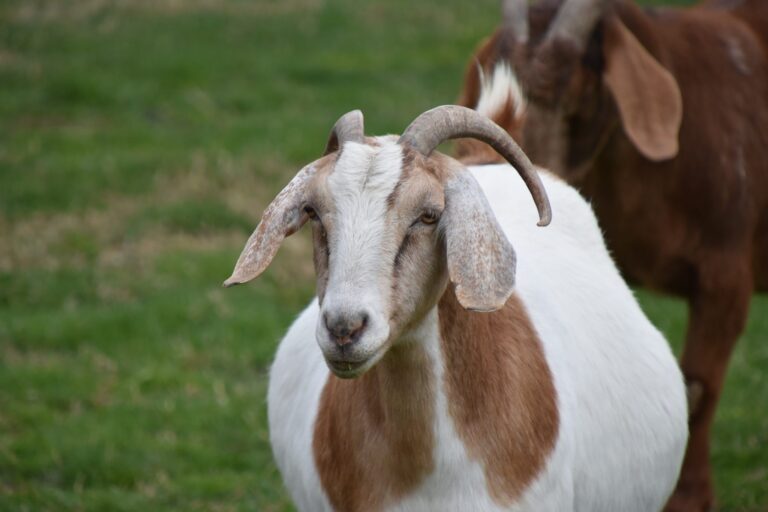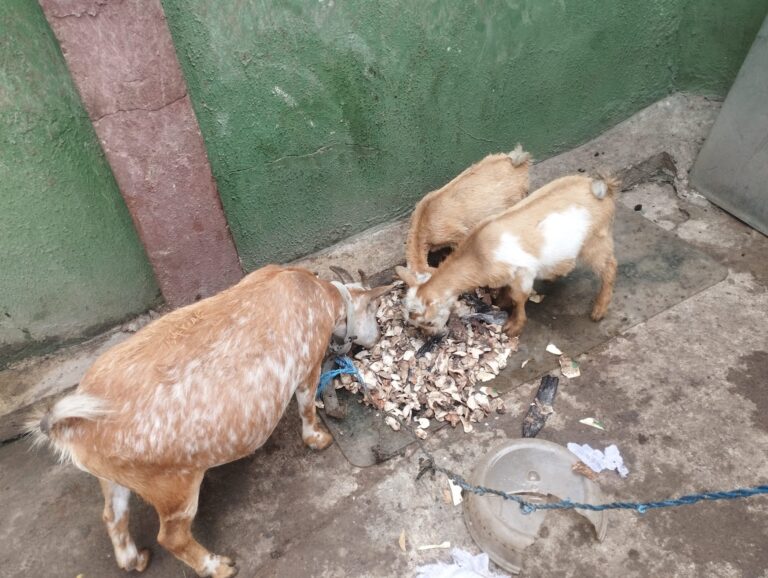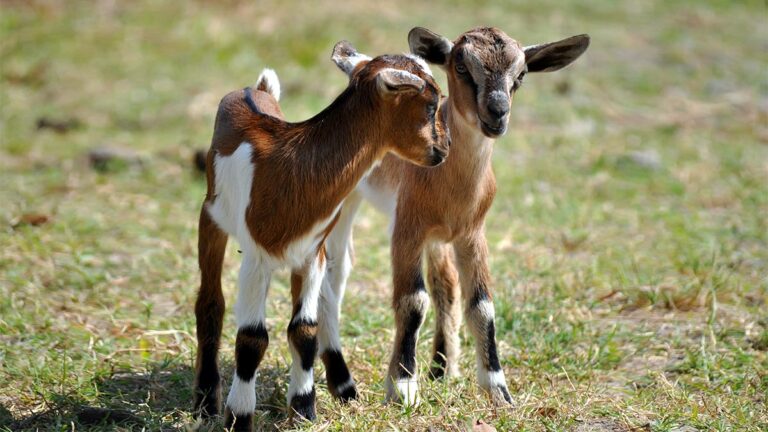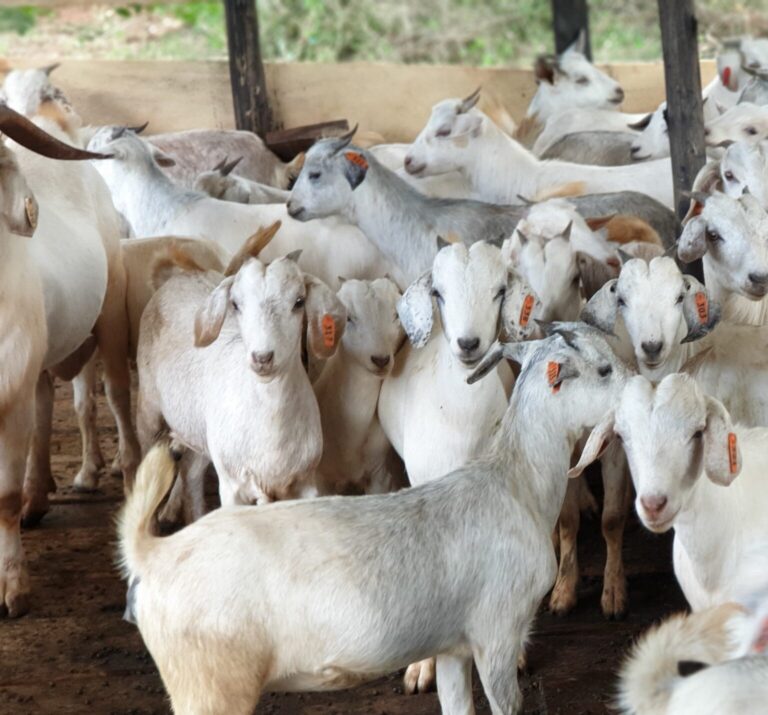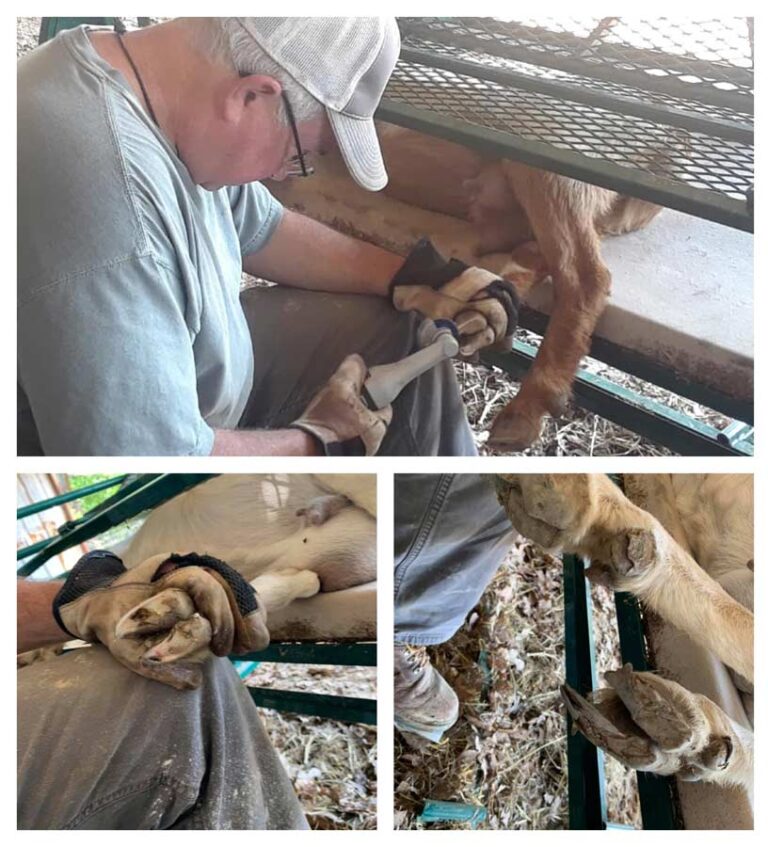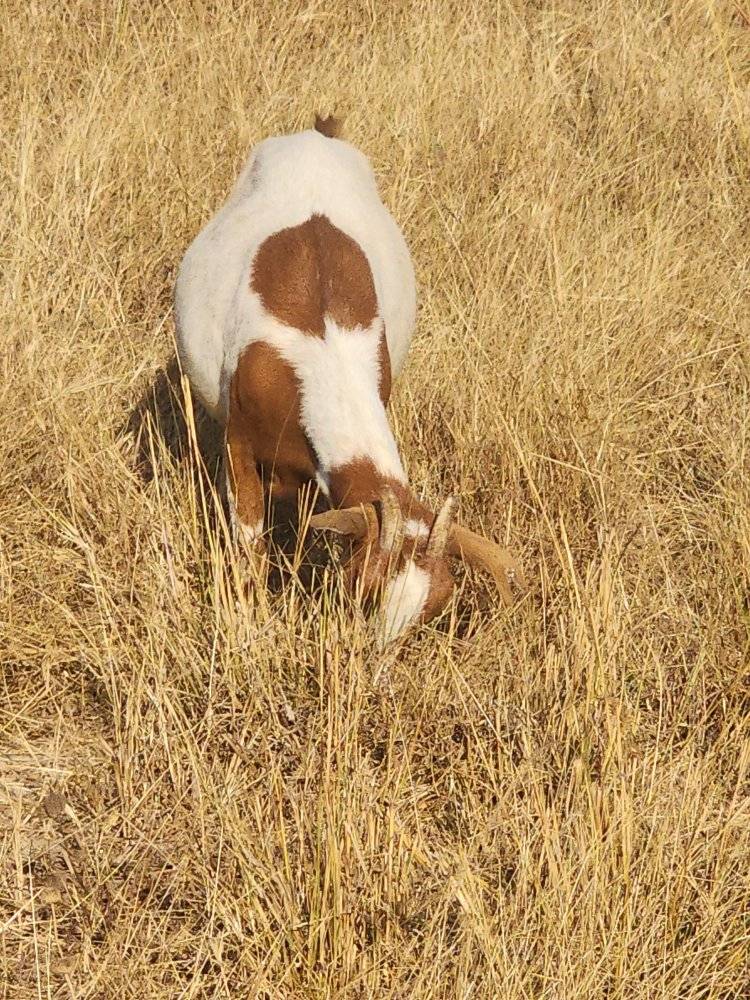Proper feeding of pregnant and lactating does means ensuring healthy kids, smooth deliveries, high milk production, and long-term fertility. These two physiological stages, pregnancy and lactation, are the most nutritionally demanding in a doe’s lifecycle.
When the diet is unbalanced or insufficient, the consequences can range from low birth weights and weak kids to pregnancy toxemia and low milk yield.
This article explores how to meet the specific nutritional needs of pregnant and lactating does, with a focus on practical feeding strategies that improve productivity and reduce complications.
Stages of Nutritional Demand
The nutritional requirements of does change drastically depending on whether they are in early pregnancy, late pregnancy, or lactation. It’s essential to adjust their diet based on the physiological load at each stage.
- Early Pregnancy (First 3 Months): Nutrient demands remain close to maintenance levels. Overfeeding during this stage can lead to excessive fat deposition, which complicates delivery later.
- Late Pregnancy (Final 6–8 Weeks): Rapid fetal growth increases energy, protein, and mineral requirements. The rumen space also shrinks due to the growing uterus, so nutrient-dense feed becomes important.
- Lactation (Especially First 6 Weeks Post-Kidding): Nutrient needs peak as milk production increases. The doe must consume enough energy and protein to sustain both her milk yield and her own body condition.
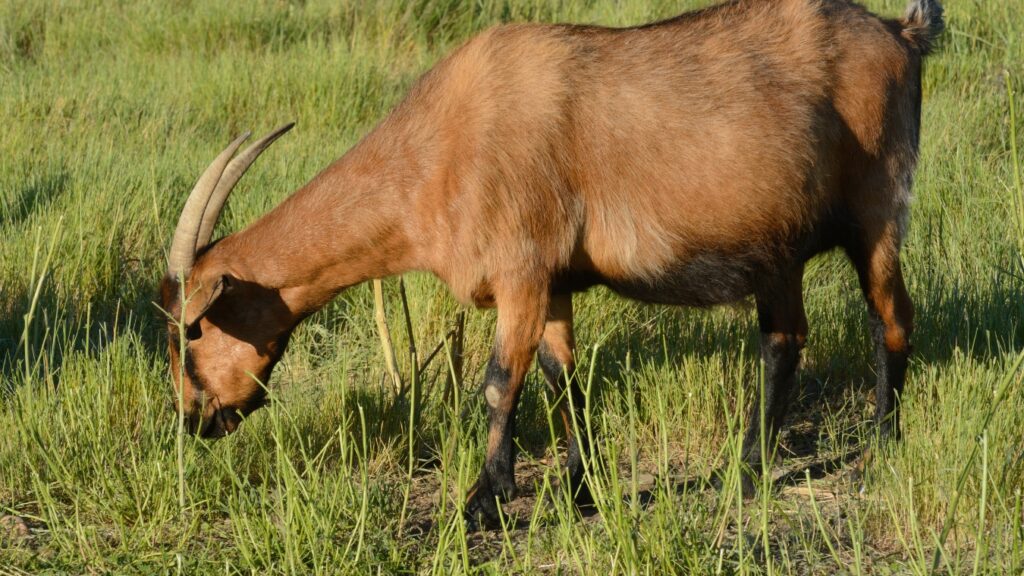
Feeding Does During Early Pregnancy
During the first half of pregnancy, you can feed does on a maintenance diet similar to non-pregnant animals. If good pasture or hay is available, there’s little need for additional concentrates at this stage. However, you should:
- Monitor body condition to prevent excessive weight gain.
- Ensure access to clean water, mineral blocks, and quality forage.
- Begin low-level supplementation only if pasture quality is poor or if the doe is underweight.
Overfeeding during early pregnancy increases fat in the pelvic region, which can cause dystocia (difficult kidding) later.
Feeding During Late Pregnancy
From the 100th day of gestation onward, does enter the high-demand phase. The fetuses are growing rapidly, and the rumen has less room, so feed must be nutrient-rich and easy to digest.
Energy Needs: Provide high-quality hay (alfalfa or legume-grass mix) and grain concentrate (such as maize, barley, or a formulated pellet). Depending on body condition and litter size, feed 0.5 to 1.5 pounds of grain per day.
Protein: Protein is crucial for fetal development and udder growth. Aim for a feed mix that contains 12–16% crude protein, using soybean meal, groundnut cake, or fishmeal as supplements.
Calcium and Phosphorus: Support strong fetal bone formation and prevent milk fever. Use mineral supplements with a 2:1 calcium-to-phosphorus ratio.
Avoid Sudden Changes: Introduce any supplements gradually over 1–2 weeks to avoid digestive upset. Monitor appetite and stool consistency.
Feeding During Lactation
Lactating does, particularly in the first 6–8 weeks post-kidding, require the highest level of nutrition. Milk production can drain a doe’s body reserves if not balanced with proper feeding.
Energy Requirements: Feed high-quality legume hay (like alfalfa) ad libitum, and provide 1–2.5 pounds of concentrate daily, depending on the amount of milk produced. For high-producing dairy does, additional energy from molasses or grains may be required.
Protein: Maintain protein levels at 16–18% in the total diet. Protein deficiency leads to poor milk yield and rapid weight loss.
Water: Lactating does can drink up to 3 gallons (12 liters) per day, especially in hot weather. Milk is 85–90% water, so fresh, clean water must always be available.
Minerals and Vitamins: Continue with free-choice loose minerals specifically formulated for goats. Vitamin A, D, and E (especially E when combined with selenium) support udder health and immunity.
Monitor Body Condition: It’s normal for does to lose some weight after kidding, but excessive loss means the feed is not meeting energy needs. Adjust rations accordingly.
Feeding Tips for Both Stages
- Avoid feeding moldy or spoiled feed, especially in pregnancy, as toxins can cause abortions.
- Split grain portions into two feedings to reduce rumen stress and improve nutrient absorption.
- Introduce browse or green forage if available, to improve palatability and nutritional diversity.
- Limit legume hay in late pregnancy to prevent bloat or calcium imbalances, but it’s excellent during lactation.
- Salt blocks or mineral licks should be available at all times, especially in mineral-deficient regions.
Sample Ration for a Late-Pregnant Doe (Daily)
(for a medium-size dairy or meat breed, 130–150 lbs / 60–70 kg)
- 2.5–3 lbs (1.1–1.4 kg) high-quality hay
- 1–1.5 lbs (0.45–0.7 kg) grain mix (corn + soybean meal or commercial pellet)
- 30–50 g mineral mix (free choice)
- Unlimited access to clean water
Sample Ration for a Lactating Doe (Daily)
(High-producing, early lactation)
- 3–4 lbs (1.4–1.8 kg) alfalfa or legume hay
- 2–2.5 lbs (0.9–1.1 kg) grain/concentrate
- Free-choice minerals and salt
- 2–3 gallons (8–12 liters) of clean water
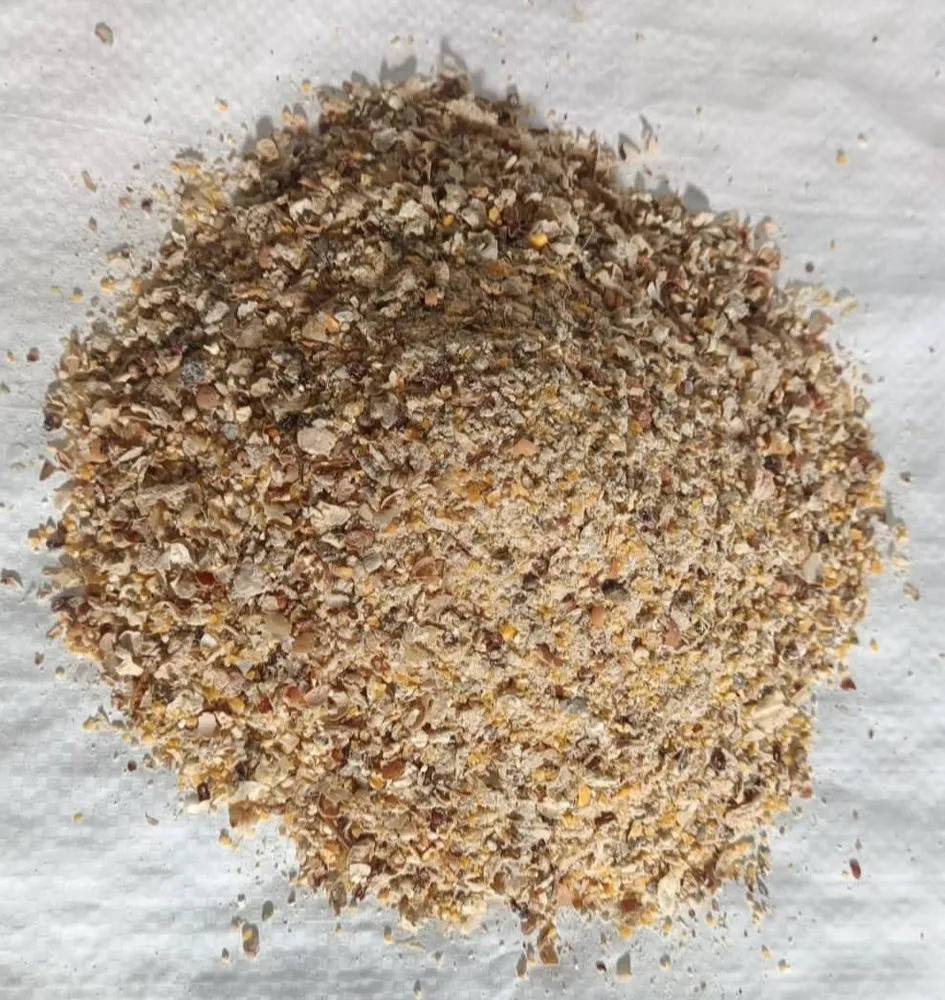
Wrapping Up
Pregnancy and lactation are defining moments in a doe’s production cycle. Feeding poorly during these stages not only affects current productivity but also compromises future breeding, kidding outcomes, and herd health.
Feeding smart means feeding right at the right time. By understanding your does’ evolving nutritional needs and planning ahead, you can support strong kids, steady milk flow, and a resilient, high-performing herd.
Related:

